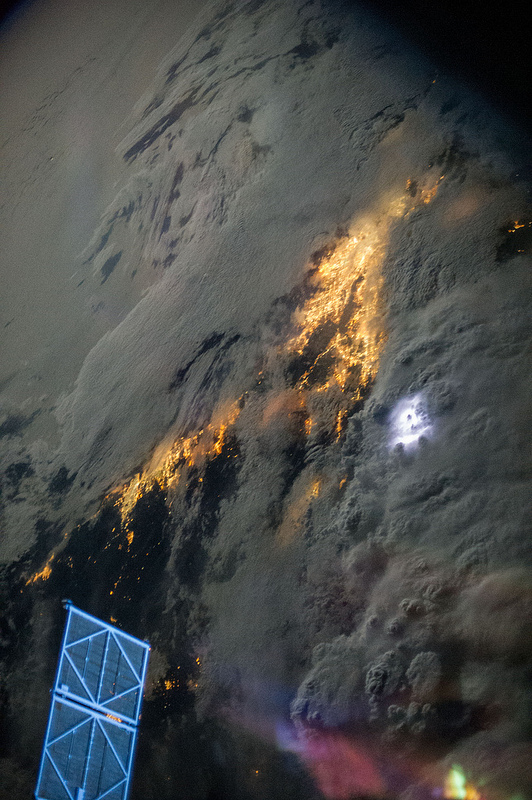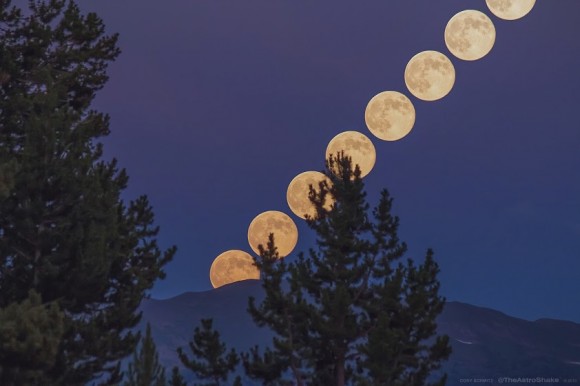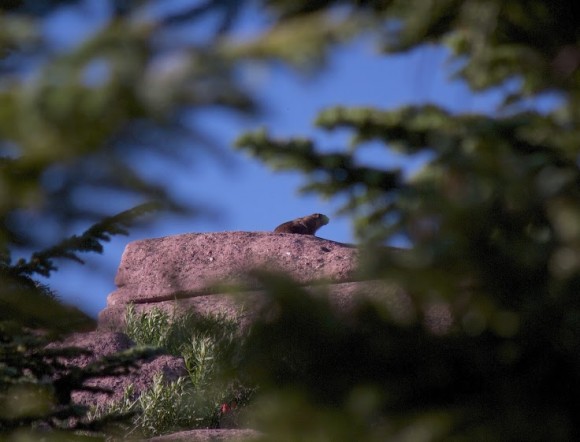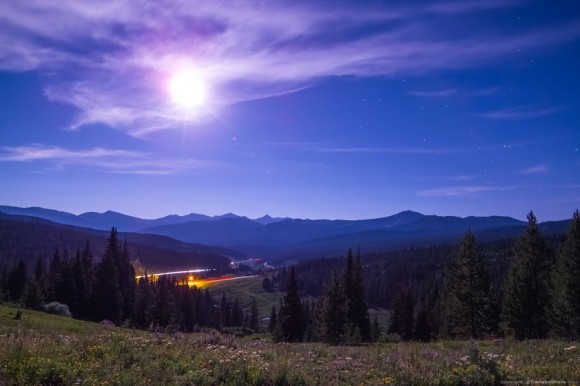The way the undergrad, Daniel Crawford, chose to play the sonification was an articulation defined as mezzo-staccato or
portato—and I’m guessing at those articulations since I’m not a string player—yet, in my opinion, portato makes musical sense given the context of a continually threatening rise in global warming.
Performing an entire, short piece, expressed portato and played strictly to the quadruple meter, isn’t actually very pretty, and the idea of global warming isn’t pretty either; but neither are the monotonous, looped chord progressions in the background music prior to and after the sonified solo, nor the practice or performance room setting, in which the player sits center stage, alone with no one engaging him in front of the camera, and a paneled wooden wall behind him. All of that is stark, I’d say! Perhaps, that’s what he and the team wanted the setting to be. I really wouldn’t know.
In contrast, if the piece had been performed purely
legato, the piece might then lend a feeling of a song, an eerie one, to some listeners.
I presume Mr. Crawford had studied appropriate approaches for the instrument of choice, and, in my way of listening, an acknowledgement of the way the piece was capably interpreted made the difference—it’s not just data sonified to notes for the score, from my point of view, anyway.
However, there seems to be a discrepancy. The pdf
music score shows 136 notes, and we’re told each pitch represents one year of averaged surface temperatures. We also read in the summary page of origin at
ensia dot com that respective pitches, represented by a span of 132 years from 1880 through 2012, had been subsequently scored (as notes) for performance on the cello.
A surmise for consideration would be that during a data (or musical) sonification, the sonifier sometimes necessarily adjusts the music score, therefore authentically reflecting—or not—the data for discerning and interested listeners and scientists, as examples. I guess some data noted 2013 in
NASA’s data sheet might’ve been included in the final?
I’ve yet to attempt a sonification, and my cautious, non-musical speculations with regard to sonifications have been a result of brave imaginings

.
~ A.
Art will be the last bastion when all else fades away.
~ Timothy White (b 1952), American rock music journalist
_________________



 .
.







